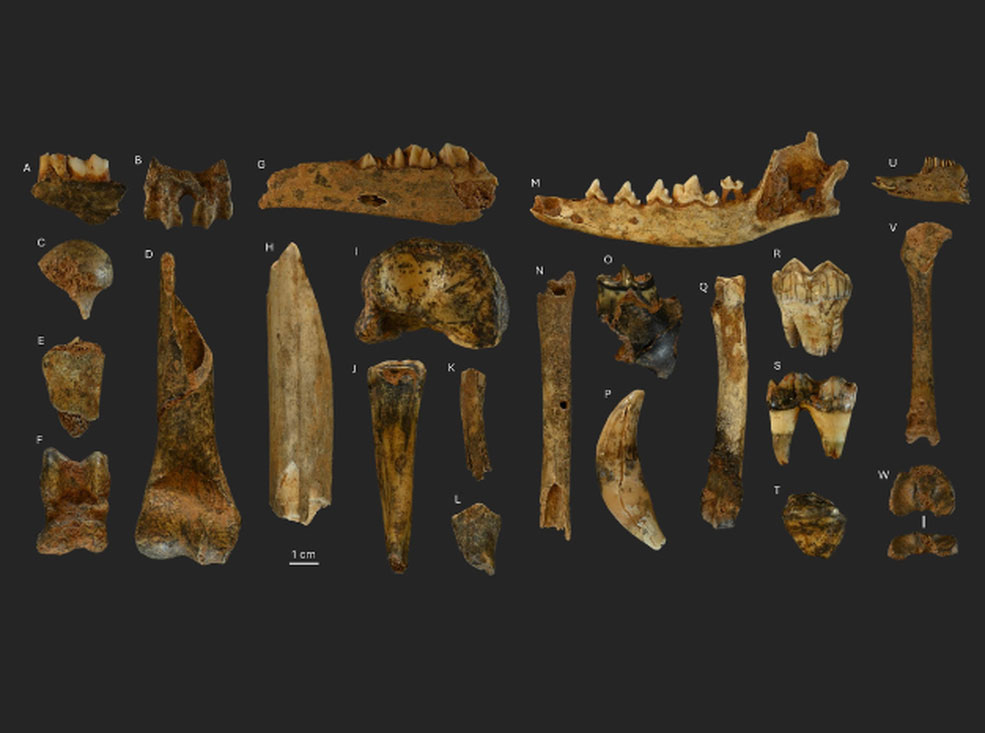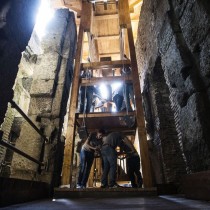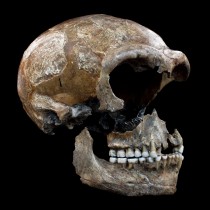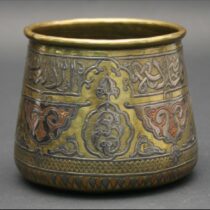A study published in the Journal of Archaeological Science: Reports on the Valdavara 1 site (Lugo) highlights the importance of the chamois in the Magdalenian diet and shows that wolves, foxes and bears also used the cave as a refuge.
A new study published in Journal of Archaeological Science: Reports analyses more than 2,000 faunal remains recovered from the Palaeolithic site of Valdavara 1 (Becerreá, Lugo) and reconstructs the subsistence strategies of the hunter-gatherers who occupied the Serra dos Ancares between 18,720 and 16,680 years ago. The study reveals an intensive exploitation of chamois, which became the main prey of these human groups, and also documents the intervention of carnivores such as wolves, foxes and bears, which used the cave as a den when humans were absent.
The research, led by Hugo Bal García of the Grupo de Estudos para a Prehistoria do Noroeste – Arqueoloxía, Antigüidade e Territorio (GEPN-AAT) at the Universidade de Santiago de Compostela and the Centro de Investigación Interuniversitario das Paisaxes Atlánticas Culturais (CISPAC), includes contributions from Carlos Fernández Rodríguez (ULE), Manuel Vaquero and Elvira Susana Alonso Fernández (Universitat Rovira i Virgili / IPHES-CERCA), and Ramón Fábregas Valcarce (USC/CISPAC). The study forms part of a broader research project examining the long-term human occupation of the Serras Orientais of Galicia, funded by the Spanish Ministry of Science and Innovation. Excavations at Valdavara Cave were carried out between 2007 and 2013 under the direction of Vaquero and Alonso, with support from the Concello de Becerreá.
A shelter for humans… and for carnivores
During the Magdalenian, in the period following the Last Glacial Maximum, the small Valdavara cave was repeatedly occupied by hunter-gatherer groups probably originating from the Cantabrian area. In this space they carried out everyday activities such as preparing lithic tools, building hearths and processing animals.
The study confirms that these groups primarily exploited resources from the immediate surroundings without undertaking long-distance movements. Chamois represents more than 40% of the identified remains, far surpassing other documented species such as deer, aurochs, horses, wild boar, wolves, foxes, bears, mustelids, rabbits and hares. Although chamois hunting is common in the Palaeolithic, few sites show such a dominant presence.
However, humans were not the only occupants. Bite marks and other taphonomic indicators reveal that wolves, foxes and brown bears also used the cave as a refuge, leaving their own bone accumulations and even scavenging remains abandoned by humans. In some bones, anthropogenic cut marks overlap with the bite marks of small carnivores, providing direct evidence of this alternation in the use of the site.
A key site for understanding Palaeolithic occupation in north-western Iberia
Valdavara 1 forms part of a wider archaeological landscape in the Serras Orientais of Galicia, where several research projects are documenting how human occupation evolved over time. Excavations carried out between 2007 and 2013 with the support of the Concello de Becerreá have yielded materials of great scientific value that continue to inspire new studies.
This research is part of a project funded by the Spanish Ministry of Science and Innovation and is published in open access.
Reference: Bal-García, H., Fernández-Rodríguez, C., Vaquero, M., Alonso-Ferenández, E.S., Fábregas, R. (2025). Zooarchaeological study of the Magdalenian sequence of the Valdavara 1 site (Becerreá, Lugo, NW Iberia). Journal of Archaeological Science: Reports, 68.





